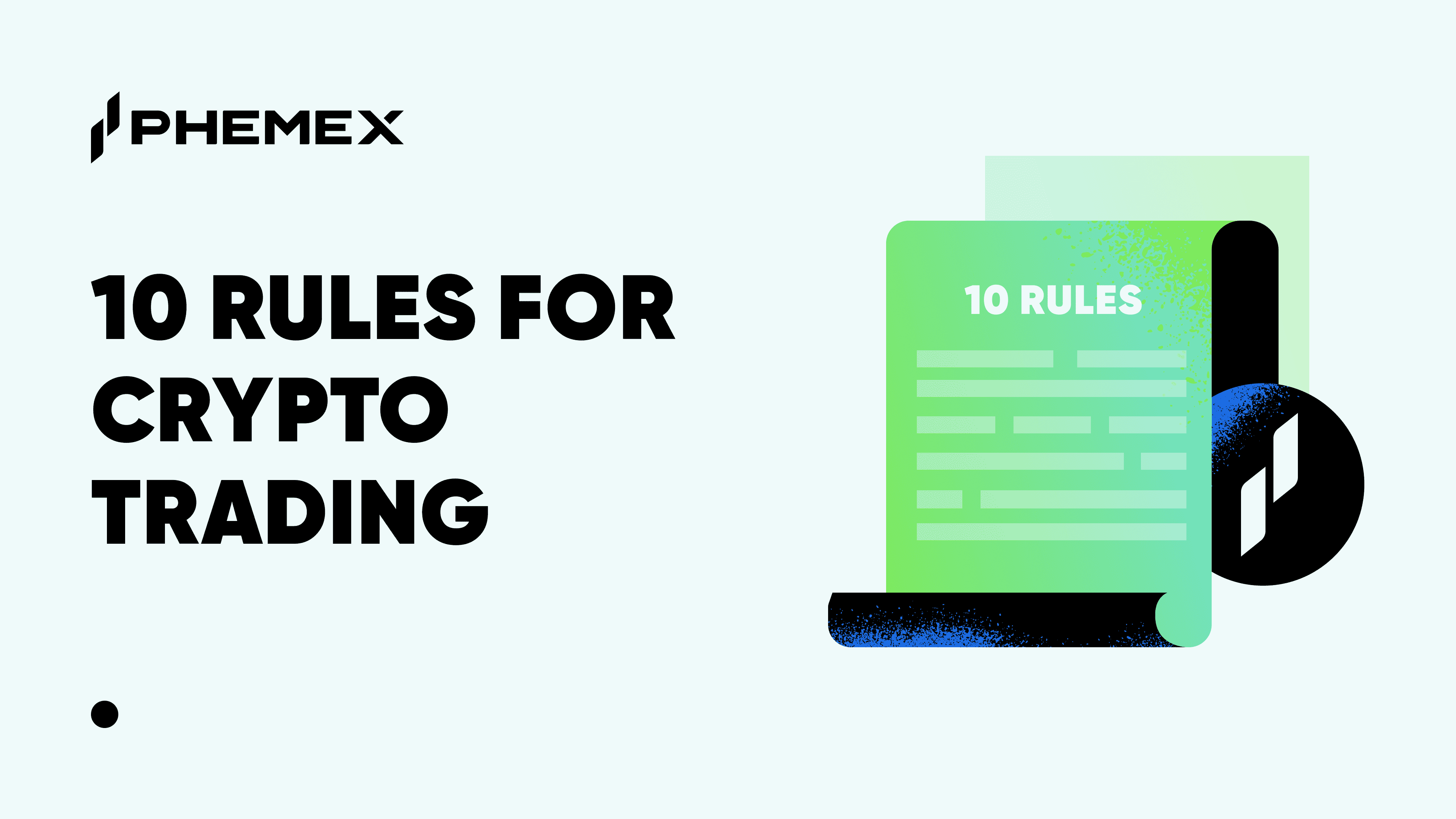Summary:
- Basis trading is an arbitrage trading strategy in which a trader profits on the difference between the spot and futures market prices.
- Basis trading is mostly employed in the grains markets due to uncertainties in the harvest and the disparity between spot/futures markets once goods are shipped and delivered. It can also be used for crypto trading.
- The “basis” in basis trading originates from the difference between the spot price and the futures price. If Ethereum (ETH) is trading at $1,500 on the spot market and $1,400 on the futures market, our basis is $100.
Have you noticed that the price of Bitcoin (BTC) on the spot market is higher or lower than on the futures market? Spot and futures are two different asset classes.
The futures price is often different from the spot as it is a reflection of the market sentiment for the future. These prices eventually converge and become identical.
A price difference in spot and futures presents an arbitrage opportunity for traders, allowing them to capitalize by shorting the higher price until the prices align.
This guide will break down basis trading, how it works for crypto, and how to take advantage of price differences of basis markets.
What Is Basis Trading?
Basis trading is an arbitrage between the price of an asset on the spot market and the futures market. If the price of the spot asset is higher or lower than the futures asset, the basis is the difference between the two.
To understand basis trading, a trader needs to know two things:
- Spot Price: Spot assets are the actual underlying assets such as crypto. The crypto belongs to the buyer and can be withdrawn.
- Futures Price: Futures are contracts without the underlying crypto. The trader agrees to buy crypto in the future at a specified contract amount.
Basis trading is popular in commodities (i.e. grains) where there are seasonal differences in the price, and the futures price is often higher or lower than the spot price. This is due to the cost of production and the anticipated sale price which can increase depending on the season.
For example, a corn bushel might go for $7 on the spot market and $9 on the futures market, because people expect the harvest to be less bountiful due to bad weather; the lower supply will thus drive up prices.
For Bitcoin, spot and futures prices can vary by as much as 30%, but this occurs only during the bull market when traders are bullish on the future. During a bear market, prices are nearly identical.
How Does Basis Trading Work For Crypto?
Here’s an example of a crypto basis trade:
A trader notices that the spot price of Ethereum is $4,000 and he believes the price is going to correct because Bitcoin is going down and this will affect Ethereum.
He notices that Ethereum futures are slightly higher at $4,100 and he wants to make a profit once the futures price of Ethereum comes down to the spot price and below.
If his prediction comes true and Ethereum does drop below $4,000, he will lock in a cost basis of $100 from that starting point while simultaneously holding Ethereum on the spot market.
If Ethereum futures start dropping below $4,000, the trader with a short position on the futures will start generating a profit even though he’s at a loss from holding spot Ethereum.
The trader’s basis trade is successful in the event Ethereum futures drop below $4,000, and he can either sell his contracts at that level or keep them to make an additional profit.
Long Basis Trades
The opposite trade to our example is to purchase long futures. This is recommended if the futures price is below the spot price.
Let’s say Ethereum futures are trading at $3,900 and the spot is trading at $4,000. If we purchase long futures expecting the price of ETH futures to match with spot ETH, we also have a cost basis of $100.
Once the futures price matches the spot price, we can sell these contracts at a profit. Long trades are safer for basis markets crypto, but it is uncommon for futures prices to be lower than spot prices.
What Is The Basis For Trade?
The basis for trade is the difference between the current spot price and the derivative price of the asset. In crypto trading, the basis is the difference in the spot price subtracted by the futures price.
The trade basis can be calculated using the following formula:
Basis = Spot Price – Futures Price
Let’s exemplify this by comparing the spot price of Bitcoin to the futures price. This is the spot price of BTC at the time of writing:

The spot price of Bitcoin is the current market price.
Bitcoin is trading at $20,283 on the spot market. This means we could buy a whole Bitcoin for that price and withdraw it.
Here’s the Bitcoin price on the futures market:

The futures price of Bitcoin reflects market sentiment for the future.
The price is $20,276 or $7 lower than on the spot market. At $20 per contract, we could purchase 1.030 Bitcoin futures contracts. If we were to calculate the basis for this trade, it would amount to $7.
If the futures price is not trading at a premium to the spot price it indicates that traders are anticipating Bitcoin will depreciate.
The prices are even at the moment due to the bearish nature of crypto and don’t present real arbitrage opportunities.
If we expect Bitcoin futures to appreciate in the future, we can long the basis. Conversely, if we expect them to fall below the spot price in the future, we can short the basis.

Is Basis Trading Effective?
Basis trading is effective in large liquid markets such as grains, but less so in crypto. The future basis is higher during bull markets and identical during bear markets. However, for institutional investors, it is still not profitable.
According to David Mercer, CEO of the LMAX Group (one of the largest institutional exchanges), Bitcoin basis trading is less-effective because crypto is a $1 trillion industry and the grains market is a $7 trillion industry with higher liquidity. In an interview for Blockworks, he was quoted as saying:
“Typically, Bitcoin trades in what we call contango–the futures price is well above the spot price. In commodities markets, typically that’s because you have to store the asset, you have to deliver the asset, hence why the futures price is higher than the spot price, because you have all those fees to add onto the spot price…the opposite is backwardation, where the futures trade below the spot.”
It is common for Bitcoin futures to trade at a 10-30% premium to spot during the bull market, but then institutional players have to account for credit risk which is higher in lower-liquidity markets such as crypto.
Banks place higher credit risk, making the profit margins lower due to fees. This might change when the crypto market grows in the future and the liquidity base rises.
For retail investors, basis trading can be a profitable opportunity during a bull market when futures trade at a premium.
How to Basis Trade Crypto?
The basis trading crypto strategy comes down to identifying a large price difference between the spot and the derivative, and then betting that the prices will converge at some point. The basis market for crypto allows traders to make two potential trades: Long and short.
- If Ethereum futures are trading at $4,500 and the spot price is $4,000, we can open a short position on the futures assuming that they’re going to come down to the spot price of $4,000.
- If the futures price is $4,000 and the spot price is $4,500, we can open a long trade on the futures assuming that they’re going to go down.
The basis strategy allows traders to make a sizable profit using leverage on the derivative product. Here’s how to basis trade crypto in 3 steps:
1) Find a derivative
Head to the Phemex “Markets” page and find a crypto with a futures derivative. Most blue chip cryptos such as Bitcoin and Ethereum have a spot and futures listing. Switch between the “Spot” and “Contract” options at the top to discover eligible crypto:

The spot and contract pages on the Phemex markets.
Analyze the price differences between the spot and futures price. If the futures price is lower than the spot price, consider a long position on the futures and vice versa. Base the trade on your sentiment for the future of the markets.
2) Buy spot assets
Start the trade by buying the asset on the spot market. This gives you the underlying asset – i.e. if you buy Bitcoin, you own Bitcoin in your wallet immediately. Traders can place a limit, market, or conditional order.

A limit trade purchases when the market price reaches a set price.
To learn more about placing a trade on the spot markets, read our guide.
3) Buy futures contracts
A futures basis trade counters the spot trade. Futures are not the underlying asset, but they are leveraged positions that can be bought as contracts.
If you visit the Bitcoin futures page, you will be updated with the latest contract price on Bitcoin:

Minimum contract purchase for Bitcoin futures.
Phemex allows users to trade with up to 100x leverage. Select “Cross” if you want your entire balance to be used as collateral. If you want only the trade balance to be used, opt for “Isolated”.
What Are The Risks Of Basis Trading Crypto?
The risk of basis trading crypto comes from the use of leverage on futures contracts. Leverage entails a higher risk of losing our capital.
On the spot market, the asset we hold can lose value but we still own the full amount of crypto we bought; those losses will revert to gains if we hold until price appreciates again (see What Are Unrealized Gains and Losses?); On the futures markets, we stand to lose proportionately to our leverage.
Large leverage future trades with 50-100x leverage mean we’ll be trading with borrowed capital up to 50-100x larger than our initial investment. Hence, the liquidation risk is higher and these options should be used only for short-term trades.
Pro Tip: Decrease the leverage and use stop-losses to increase the safety net of your basis trades.
Conclusion
Basis trading is a popular trading strategy for commodities, but lately it has been gaining popularity in crypto. During a bear market, the price difference between futures and spot assets is minuscule, but this changes in a bull market.
In all basis trading strategies, the basis amount is calculated by deducting the difference between the futures and spot prices. The goal is to open a trade in the direction of the difference and close it when the prices even out.
Read More
- Using Futures Term Structure and Basis as A Bitcoin Sentiment Indicator
- What Are Crypto Futures & How To Trade Bitcoin Futures Profitably
- What are Crypto Futures & How do They Work?
- What is Cryptocurrency Arbitrage?
- Contango vs Backwardation: Does it Work for Bitcoin Futures?
- What is Spot Trading & How does it Work?
- What is Contract Trading: How to Trade Crypto Derivatives on Phemex
- What are Crypto Derivatives: Most Popular Bitcoin Derivatives Explained










